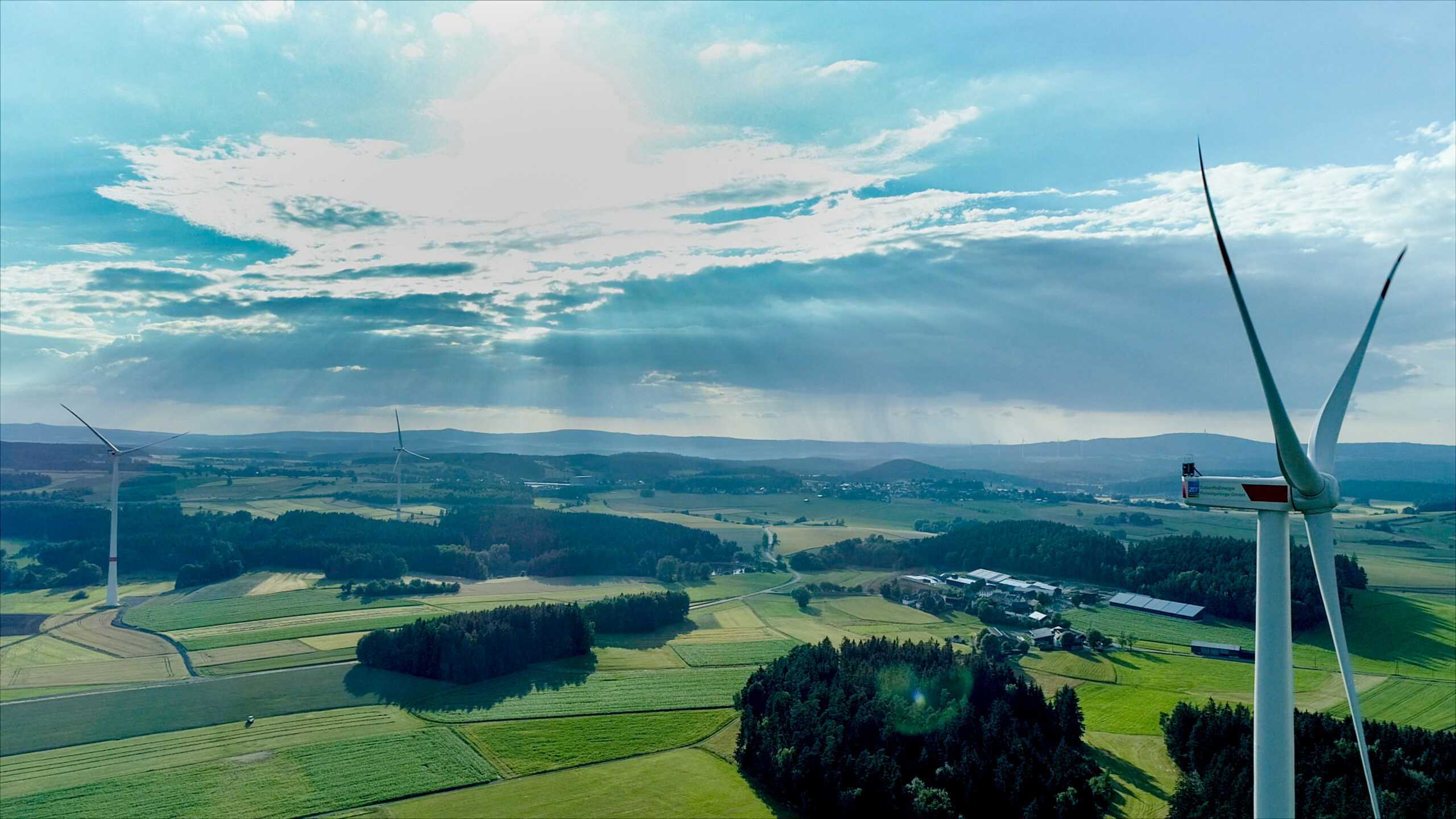The human cost of power

“The city that never sleeps.” An iconic quote that at one time or another has applied to any number of large metropolises the world over. For me, this phrase conjures to mind a sparkling city lit up all through the night, with goods and services bought, sold, and produced 24 hours a day. Whether this type of progress is a good or a bad thing is a philosophical debate that has raged since the start of the industrial revolution, but what is not up for debate is the foundation this monument to progress is built on: Power.
Power, mostly in the form of electricity in the urban environment, is an indispensable pillar that supports nearly every aspect of modern society. Everything from commonplace household good, like lightbulbs or coffee makers, all the way to state-of-the-art factories or jetliners, everything around us requires power to operate. But power on this scale comes at a cost, especially the electrical power that keeps the lights on and the factories running. Fossil fuels, especially coal and natural gas, have long been a staple of the global power grid, accounting for 63.3% of global electricity generation in 2020. However, the continuing cost of relying on this power – both in damage to the environment and in human lives – is one we as a people can no longer afford to pay.
In a recent blog, Stephen Ferguson explored the cost, both in CO2 output and human lives, of operating a hypothetical town which consumes 1 TWh of electrical energy per year. In this scenario the town was powered completely by one of six different energy sources: coal, natural gas, nuclear, hydroelectric, wind, and solar. For each different power source, the annual CO2 emissions, expected early death rate incurred from running the different facilities, as well as challenges associated with large scale production of each energy type are considered. Taken in this context, it is easy to see how devastating the effects of fossil fuel power generation can be to both the planet and the people around it. The paper also touches on some of the difficulties faced by sustainable energy, especially the inconsistent nature of wind and solar power, as well as the geographical dependence of hydroelectric and the strict regulation imposed on nuclear.
While bringing problems to light is important, doing so without offering any solutions has limited value. In this whitepaper, simulation is presented as a powerful tool to address both the challenges of sustainable energy and the problems created by fossil fuels. Simulation offers value across the spectrum of electrical generation challenges, from carbon capture for fossil fuels, to managing energy storage for wind and solar. Even the lifespan and efficiency of wind turbines can be bolstered with embedded sensors and a digital twin to improve maintenance schedules and increase operating capacity without diminished lifespan.
In reality, a city that never sleeps will not rely on a single type of power for all its electrical needs but rather a blend of whatever is economical and available around it. To that end considering a hypothetical town that does rely on only a single type of energy is not very indicative of real life, but it serves well to highlight the true costs of our existing power infrastructure. The move to sustainable energy over the next decades is sure to face many challenges, but with the aid of simulation, engineers and world leaders can rise to meet and surpass those challenges, leaving a brighter future for us all. To read the full whitepaper click here.
Siemens Digital Industries Software is driving transformation to enable a digital enterprise where engineering, manufacturing and electronics design meet tomorrow. Xcelerator, the comprehensive and integrated portfolio of software and services from Siemens Digital Industries Software, helps companies of all sizes create and leverage a comprehensive digital twin that provides organizations with new insights, opportunities and levels of automation to drive innovation.
For more information on Siemens Digital Industries Software products and services, visit siemens.com/software or follow us on LinkedIn, Twitter, Facebook and Instagram.
Siemens Digital Industries Software – Where today meets tomorrow.


